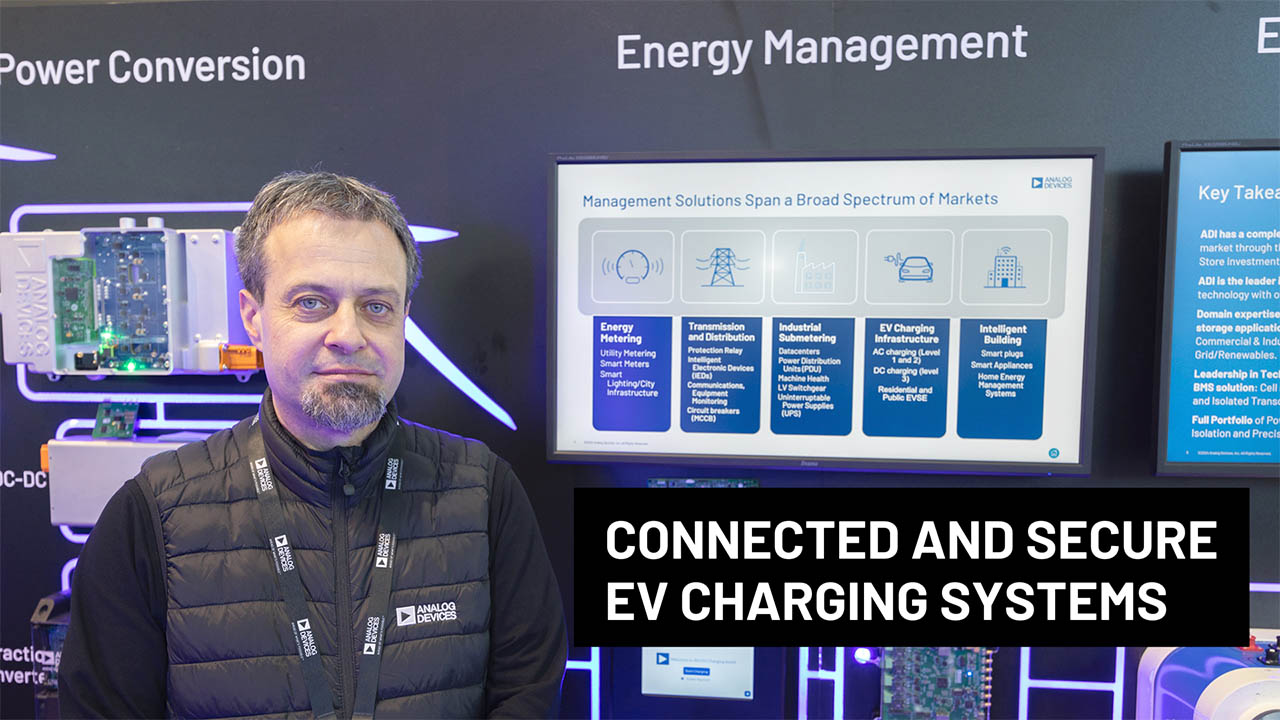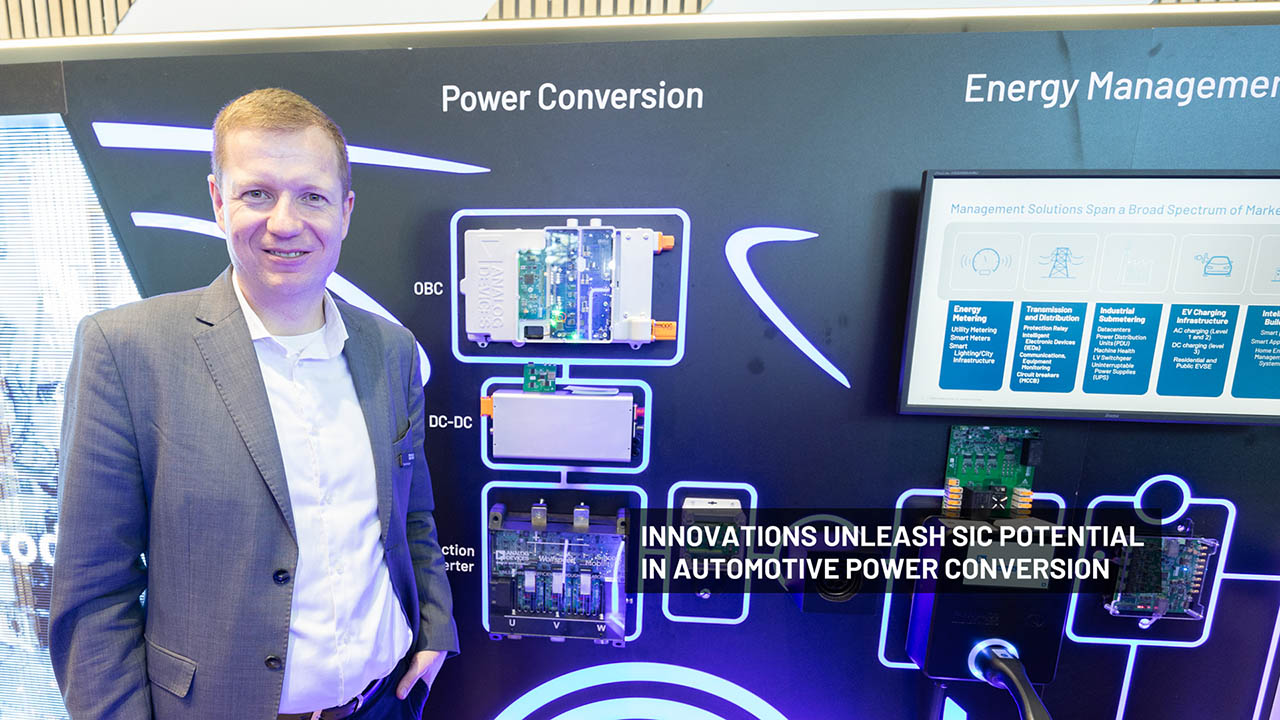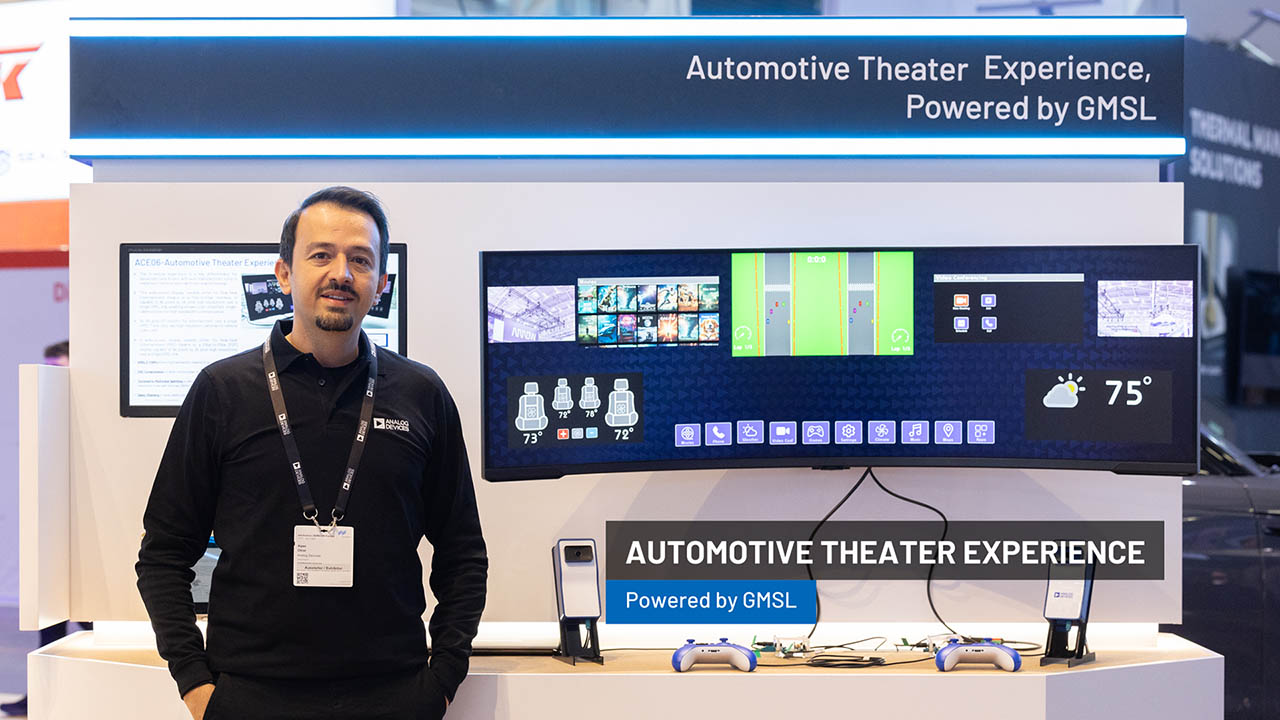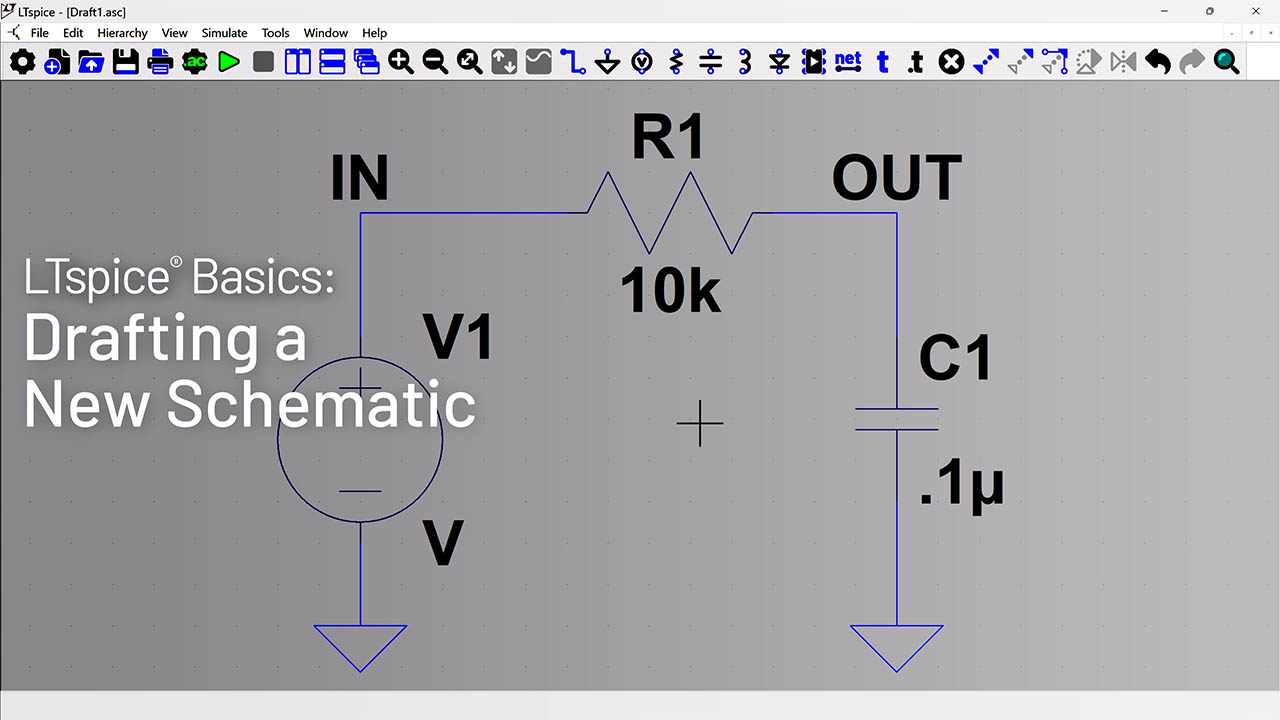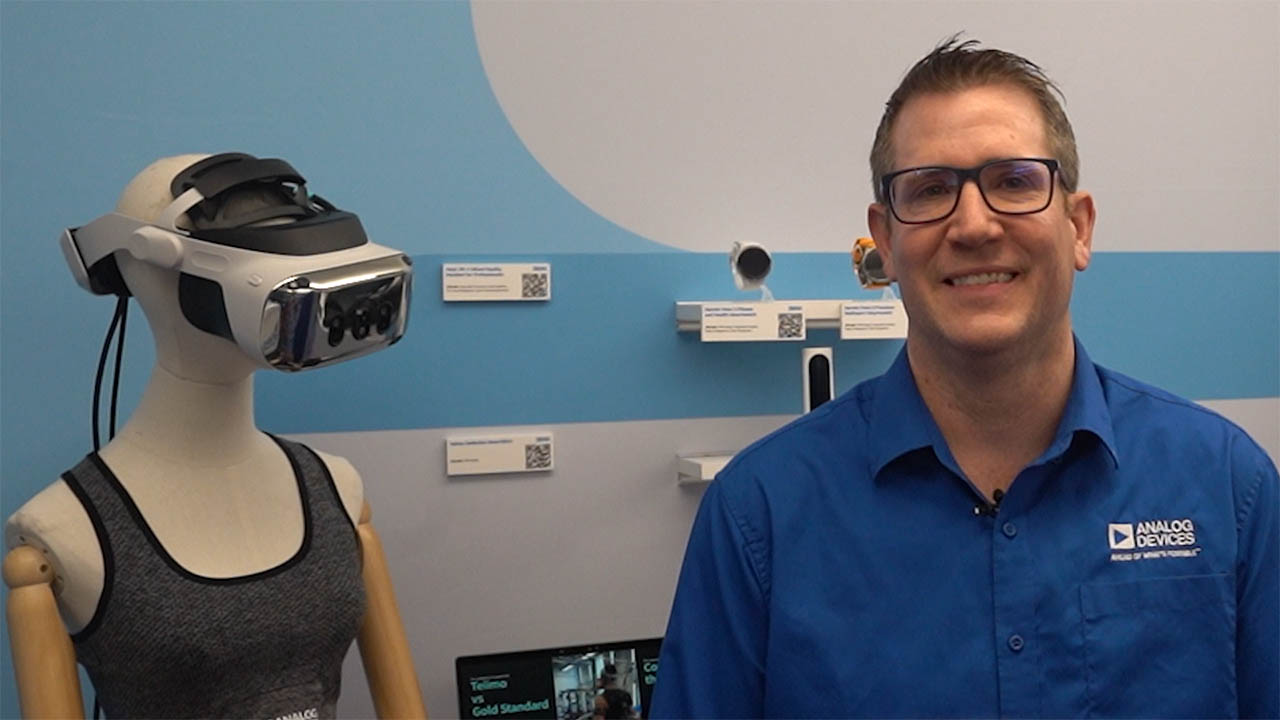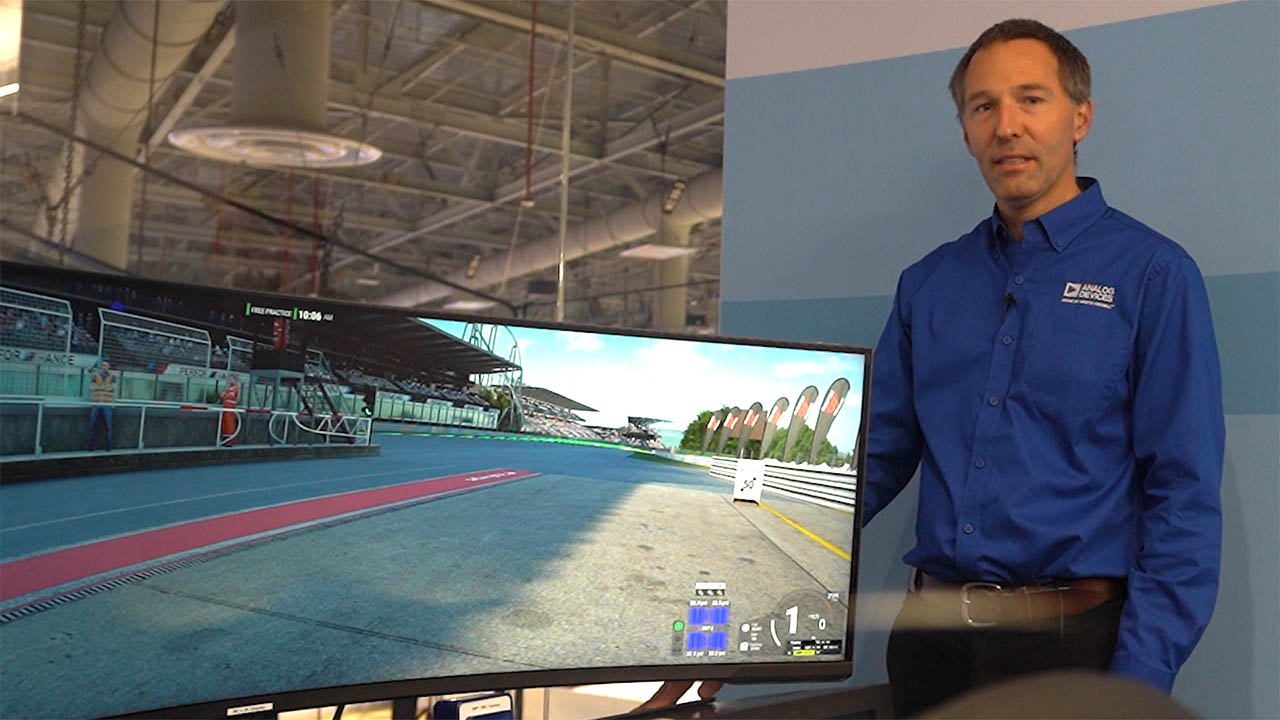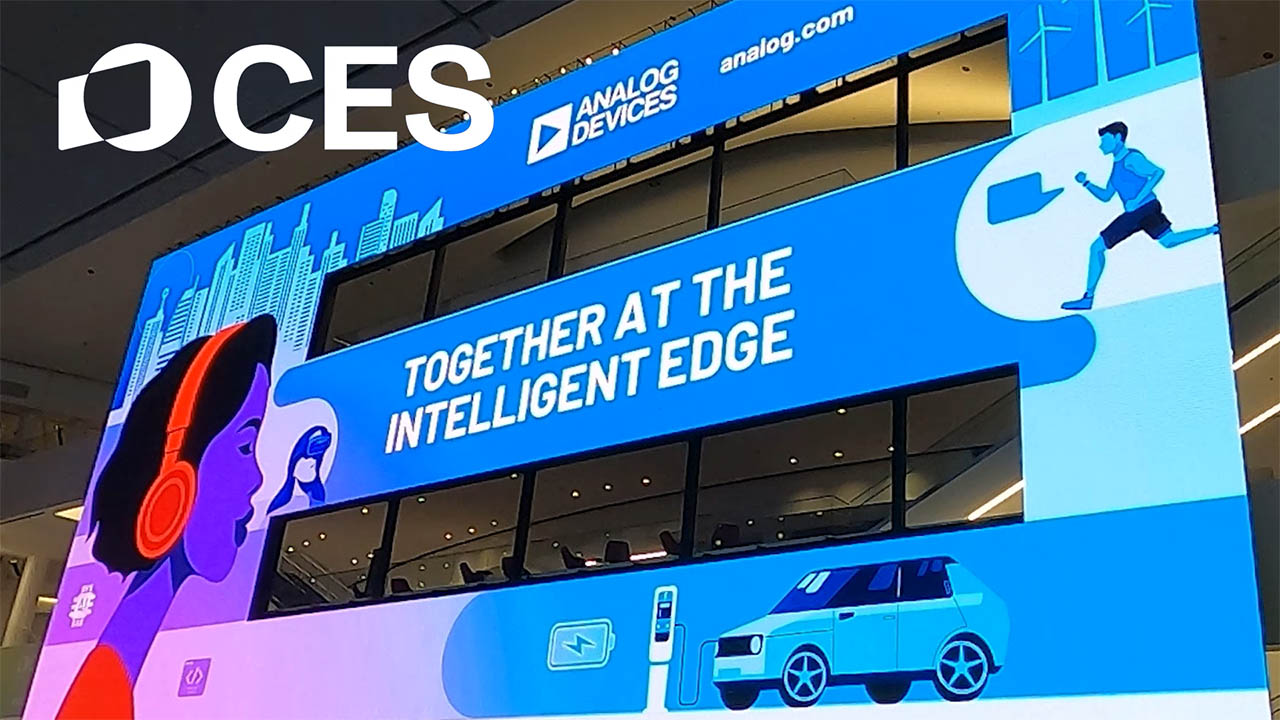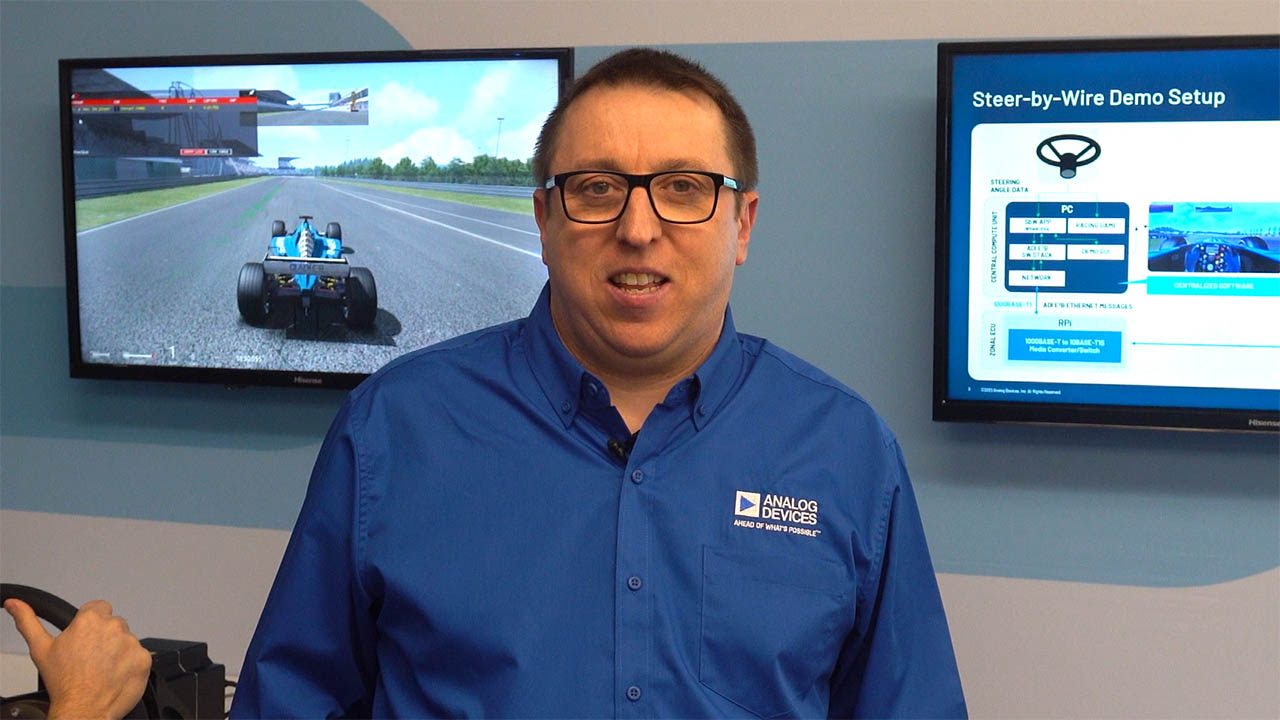3mm × 3mm Monolithic DC/DC Boost/Inverting Converters with 65V Power Switches
3mm × 3mm Monolithic DC/DC Boost/Inverting Converters with 65V Power Switches
著者
Joshua Moore
2015年07月01日
The vast array of power supply rails required by modern electronics has popularized the use of compact, easy-to-use monolithic DC/DC converters, such as the LT3580 boost/inverting converter. The LT8580, LT8570, and LT8570-1 build on the success of the LT3580, increasing the switch voltage to 65V and the input voltage to 40V, while retaining features and pin compatibility. The LT8580 includes a 65V, 1A power switch, whereas the LT8570 and LT8570-1 step the switch current limit down to 0.5A and 0.25A, respectively. Various current options enable application optimization—a monolithic converter sized for specific demands can be smaller and more efficient than one designed for greater load currents. Optimized sizing for current limit helps limit input and output current in the event of a short or failure.
In addition to the new options, all devices in the family—LT3580, LT8580, LT8570, and LT8570-1—are pin compatible. With a few simple component changes, the same PCB layout can be used for a range of applications, allowing fast turnaround design changes and reuse. The LT8580, LT8570, and LT8570-1 retain the LT3580’s features such as single resistor feedback, for both positive and negative output voltages, overtemperature protection, frequency foldback, and an external clock input pin. And, like the LT3580, many features are user adjustable, including oscillator frequency, soft-start, UVLO and output voltage. All are available in thermally enhanced 8-pin 3mm × 3mm DFN or 8-pin MSE packages.
| LT3580 | LT8570 | LT8570-1 | LT8580 | |
| Input Range | 2.5V to 32V | 2.55V to 40V | 2.55V to 40V | 2.55V to 40V |
| Max Switch Voltage | 42V | 65V | 65V | 65V |
| Max Switch Current | 2A | 1A | 0.5A | 0.25A |
| Integrated Power Switch | ||||
| Frequency Foldback | ||||
| External Clock Input | ||||
| Overtemperature Protection | ||||
| Positive And Negative Output Voltages | ||||
| Single Resistor Feedback | ||||
| Packages | 8-Pin MSE | 8-Pin MSE | 8-Pin MSE | 8-Pin MSE |
65V Power Switch
The LT8580/LT8570/LT8570-1 incorporate an internal 65V power switch, for applications with high input and output voltages. Furthermore, VIN is capable of handling up to 40V. This can greatly simplify applications. For example, Figure 1 shows the necessary circuitry to create a 48V output with the LT3580; the LT8570’s 65V switch simplifies the circuit in Figure 2.

Figure 1. LT3580 configured for 48V output.

Figure 2. LT8570 configured for 48V output.
User Configurability
The LT8580, LT8570 and LT8570-1 include a number of configuration options. The oscillator frequency can be adjusted from 200kHz to 1.5MHz. While lower switching frequencies tend to be more efficient, higher switching frequencies offer smaller solution sizes. Also, choice of oscillator frequency may be useful for avoiding interference with sensitive RF circuitry.
Another configuration option is undervoltage lockout, which, for most applications, is configurable with just one resistor from VIN to SHDN. This allows the parts to be used in situations where source impedance may be high, the source may ramp slowly or where it is desirable that the part not discharge the source below some threshold.
A final configuration option is soft-start. By varying the soft-start capacitor, the user can adjust the rate of increase of the inductor current. The faster the inductor current increases, the faster the output rises during start-up. However, allowing the inductor current to increase slowly reduces output voltage overshoot and avoids large input transient currents during start-up.
Simple and Easy Output Voltage Configuration
The FBX pin on LT8580/LT8570/LT8570-1 makes setting output voltage easy for both inverting and noninverting topologies. In both cases, only a single resistor from VOUT to FBX is needed to set the output voltage—the converter topology determines whether the output is positive or negative.
Boost Converter
The boost topology creates an output voltage greater than the input voltage. Since the boost converter is the simplest topology for LT8580, LT8570, and LT8570-1, it can clearly illustrate how the different current limits affect solution size. Figure 3 shows the LT8580 in a 12V out boost converter and Figure 4 shows the LT8570-1 in the same converter. Note that the only significant circuit changes required between the two are the inductor, the input capacitor, and the output capacitor. Both applications use similar inductors in the Würth WE-LQS family, but the LT8580 requires an inductor that is 5mm × 5mm, while LT8570-1 can use an inductor that is only 3mm × 3mm. This reduces the inductor footprint from 25mm2 to 9mm2. At the same time, the height drops from 4mm to 1.5mm. Also, where LT8580 required 0805 size capacitors, the LT8570-1 can use 0603 size capacitors.

Figure 3. LT8580 configured as 5V input to 12V output boost converter.

Figure 4. LT8570-1 configured as a 5V input to 12V output boost converter.
SEPIC Converters
The SEPIC topology creates a positive voltage where the input voltage may be less than or greater than the output voltage. Due to a lack of DC path from input to output, it also offers output disconnect, so that there is no output voltage if the converter is shut down. Output disconnect makes the converter resistant to damage in case of output shorts. The application in Figure 5 shows the LT8580 configured to produce 12V from an input range of 9V to 16V, and able to survive 40V transients on VIN.

Figure 5. LT8580 configured as 9V–16V In to 12V output SEPIC converter.
Dual Inductor Inverting Converter
The dual inductor inverting topology creates a negative voltage from a positive input voltage, which may be greater than or less than the magnitude of the output voltage. This topology, like the SEPIC, has output disconnect. In addition, this topology tends to have a quieter output than the boost or SEPIC, since L2 is in series with the output. The converter in Figure 6 shows the LT8580 configured as a dual inductor inverting converter with a −15V output, and Figure 7 shows the efficiency and power loss versus load.

Figure 6. LT8580 configured as 5V–40V In to −15V out dual inductor inverting converter.

Figure 7. Efficiency and power loss for Figure 6 with VIN = 12V.
Conclusion
The popular LT3580 monolithic boost/inverting converter has been joined by the pin-compatible LT8580, LT8570, and LT8570-1 converters, which add current options and higher voltages, while retaining the features of the LT3580. These new options provide an additional means of optimizing a power supply for a given application. Depending on the intended load, solution size and part counts can be reduced. By retaining pin compatibility, transition within the LT3580, LT8580, LT8570 and LT8570-1 family of parts is easy, allowing simple design changes and PCB reuse.
著者について
{{modalTitle}}
{{modalDescription}}
{{dropdownTitle}}
- {{defaultSelectedText}} {{#each projectNames}}
- {{name}} {{/each}} {{#if newProjectText}}
-
{{newProjectText}}
{{/if}}
{{newProjectTitle}}
{{projectNameErrorText}}





